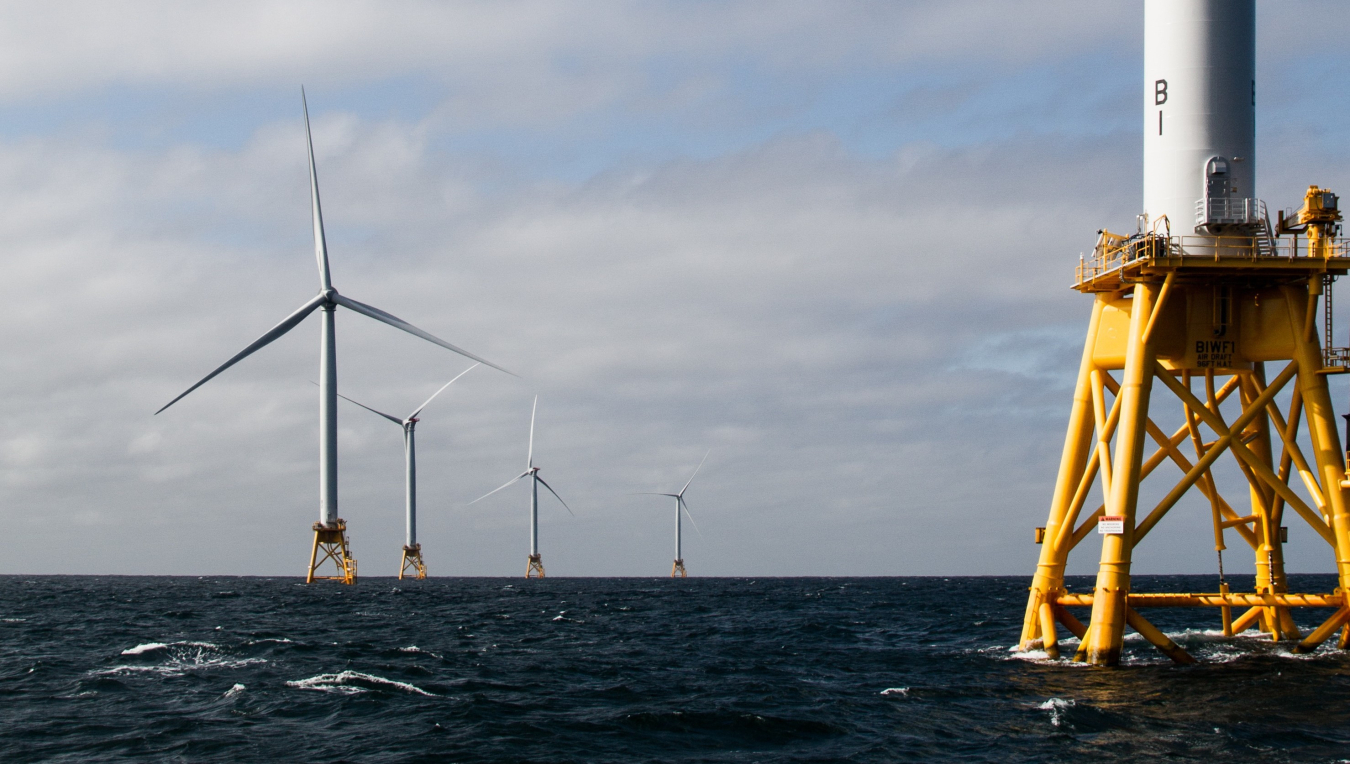According to the DOE’s most recent liftoff report regarding Offshore Wind deployment, the market currently finds itself at a critical inflection point. Offshore wind presents a very promising source of renewable energy for the country, especially in light of the urgency to restructure our energy portfolio to meet the 2050 net-zero emission targets. Investing in wind complements other clean sources of energy, supporting grid reliability and resource diversity, making this source a promising area of investment and a powerful resource to tap into for clean energy.
Office of Technology Transitions
July 19, 2024
According to the DOE’s most recent liftoff report regarding offshore wind deployment, the market is currently a critical inflection point. Offshore wind presents a very promising source of renewable energy for the country, especially in light of the urgency to restructure our energy portfolio to meet the 2050 net-zero emission targets. Investing in wind complements other clean energy sources, supporting grid reliability and resource diversity, making this source a promising area of investment and a powerful resource to tap into for clean energy.
One of the primary concerns for the future of offshore wind is its cost. Though wind has proven to be a highly effective source of clean energy, costs have risen over the past several years, raising questions about the source’s competitiveness. The liftoff report outlines several paths to cost reduction and scalability, but significant technological advancements will also be needed to accelerate this process.
In this regard, the National Renewable Energy Laboratory (NREL) has performed an impressive body of research to help offshore wind scale as needed. This blog post will discuss some of NREL’s most promising technologies and recent research efforts that are paving the way for the future of offshore wind.
Learn more about NREL and its experts here.
Autonomous Roaming Turbine
Traditional wind turbines often face limitations regarding mobility. Turbines are placed in arrays at fixed locations, limiting the areas they can cover for perpetual energy generation. NREL’s autonomous turbines can extract wind energy without this limitation. Using a floating hull and propellers, the autonomous turbine can be deployed into the ocean, where it can move in an eight-figure pattern. By covering a larger area, the turbine can capitalize on more wind sources while adapting to weather conditions in the process.
Learn more about Autonomous Roaming Turbines here.
Universal Joints Floating Substructure
One of NREL’s most promising cost-cutting innovations involves a new and efficient way to build offshore turbines. Using this innovative substructure, wind turbines can be quickly and easily mounted for ocean water deployment. A series of joints in the design help manage weight and load while simultaneously minimizing disturbances to the turbines themselves.
Discover how the Universal Joints Floating Substructure works here.
Inflatable Blades
The larger the wind turbine, the more efficient it is at capturing and converting wind into energy. However, transporting these larger blades is often difficult, facing additional installation constraints. NREL’s inflatable blades provide a unique solution to this problem. These blades have a fabric aerodynamic shell that protects them while they are deflated, allowing for easy transportation. Once inflated, the blades can be easily mounted and installed, allowing for large amounts of wind-generated energy while improving practicality and cost-efficiency.
Learn about NREL’s Inflatable Blades Technology here.
By focusing on these innovations, NREL is helping to lower costs and improve the scalability of offshore wind energy, making it a more viable option for the future. For more detailed information on these and other technologies, visit the Lab Partnering Service website.

